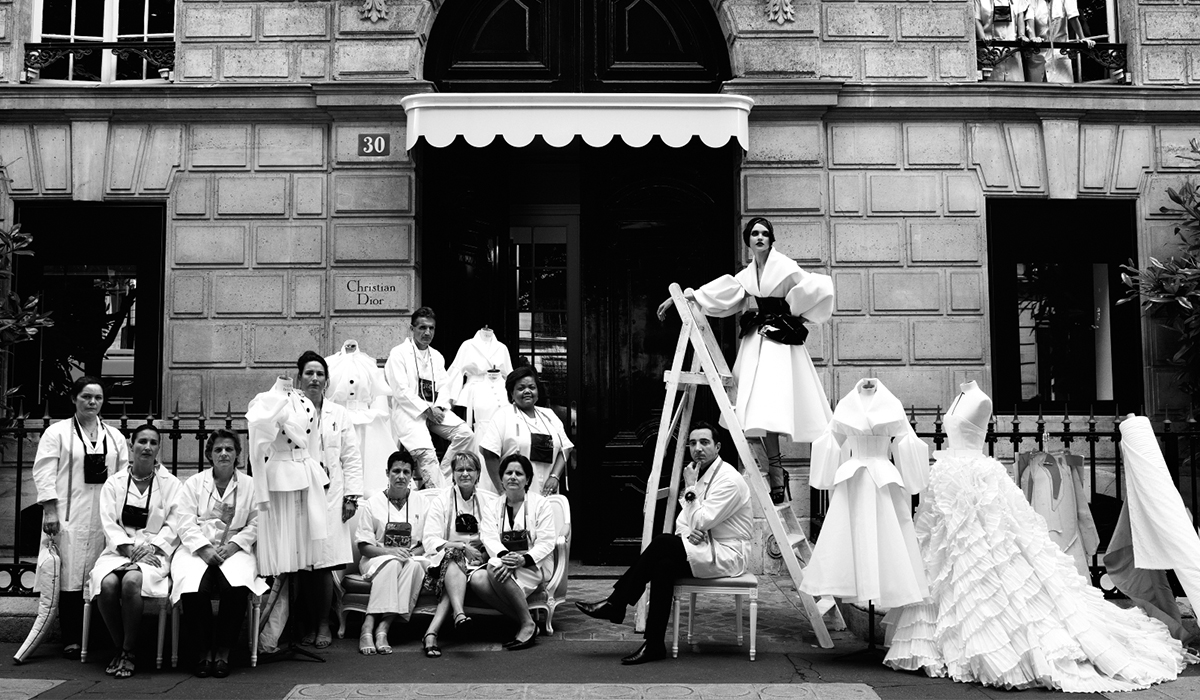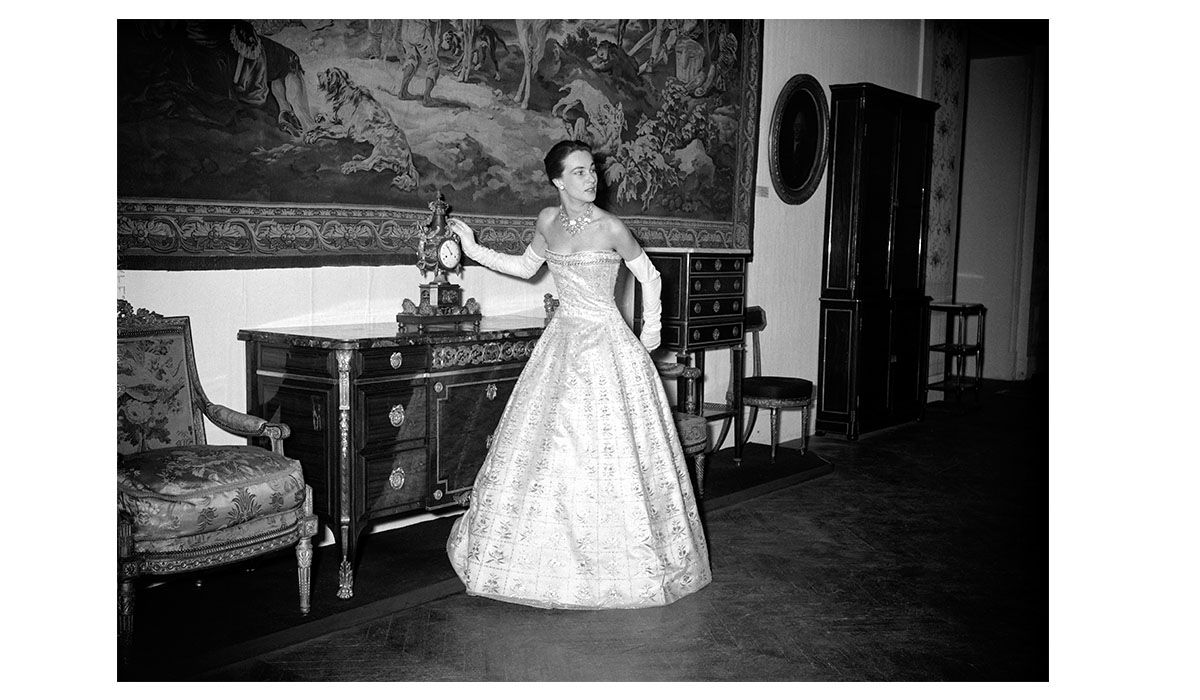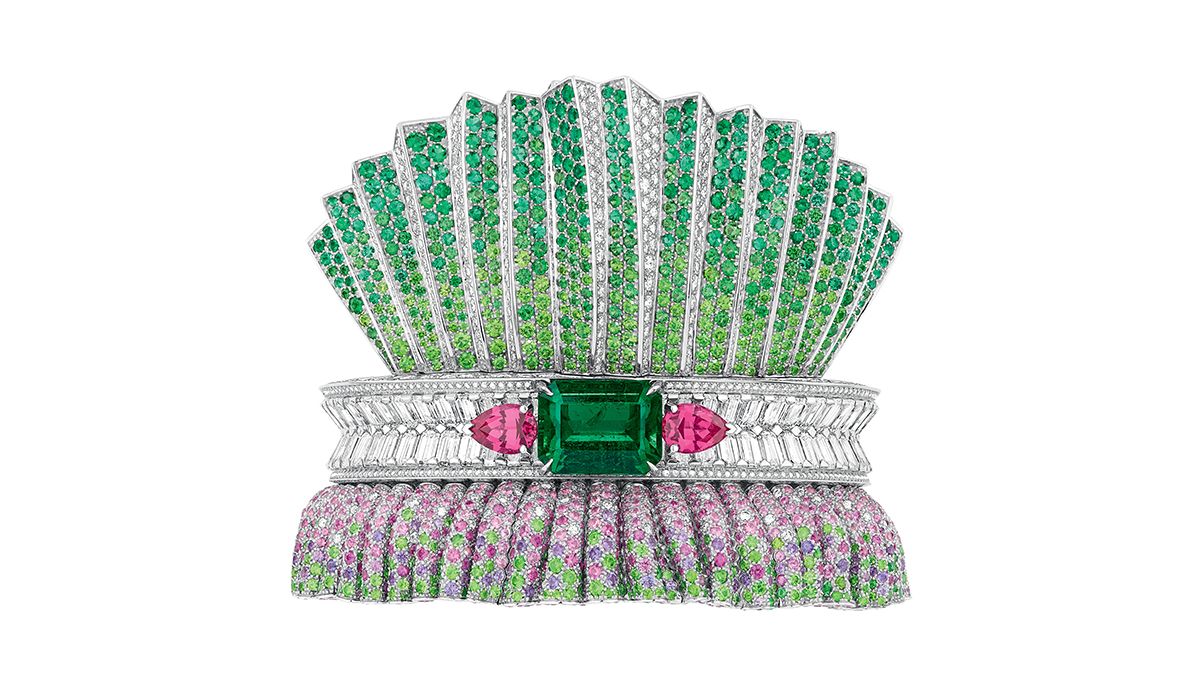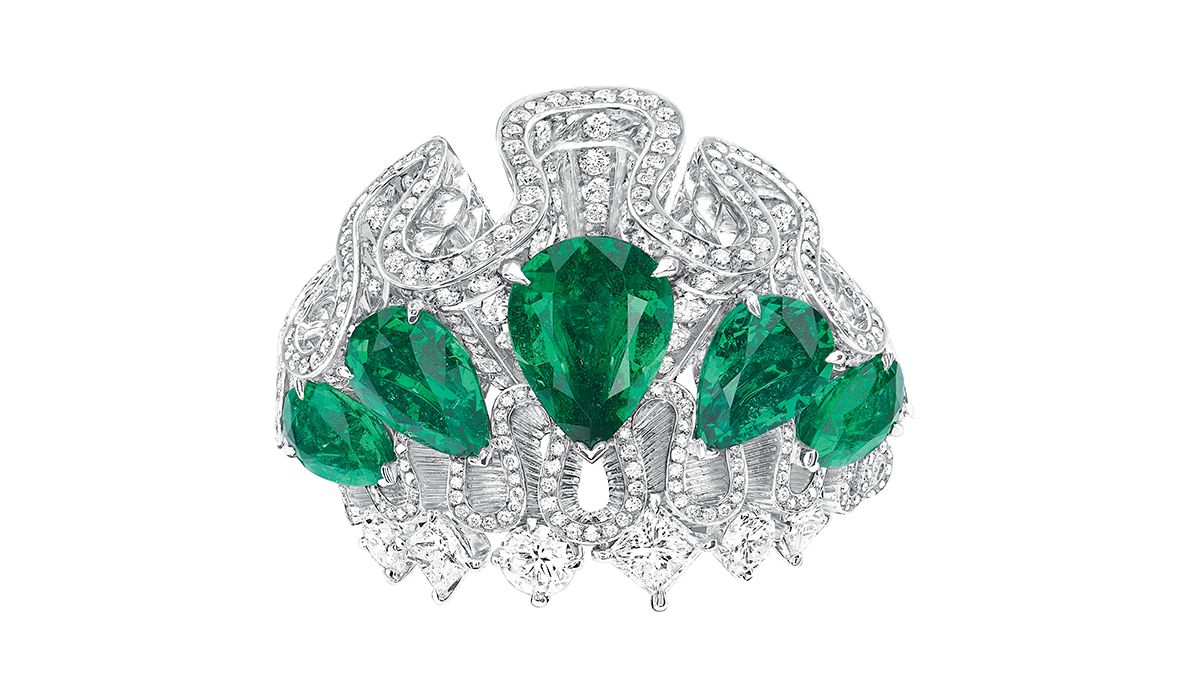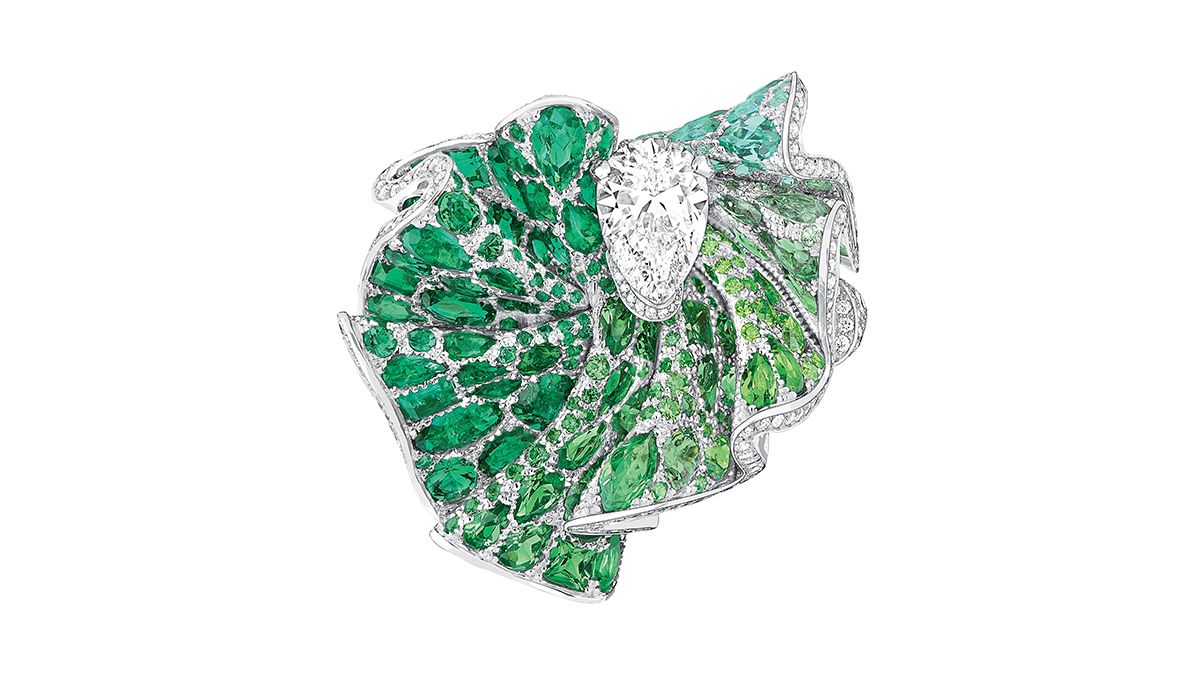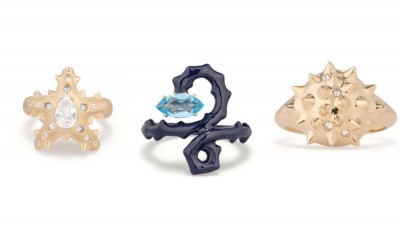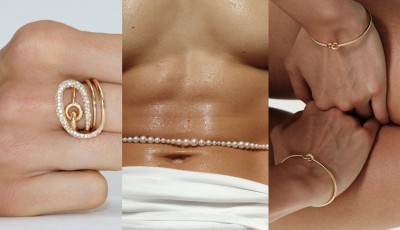The Christian Dior Exhibition
The Musée des Arts Décoratifs celebrates the 70th anniversary of the creation of the Maison Dior with a special exhibition
The Musée Des Arts Décoratifs houses one of the world’s largest decorative arts collections with 531,459 works divided into five thematic sections: graphic arts, toys, wallpaper, glassware and, of course, jewelry and bijoux. Made up of more than 4,000 pieces ranging from antiquity to the present day, the museum presents all types of jewelry, from tiara to ring. Recently, exhibitions dedicated to jewellers have made it possible to enrich the collections in a meaningful way, bringing in pieces by Fouquet, René Hallows, Jean Schlumberger, Henri Gargat, Gilles Jonneman, Torun, Jacques Gautier and Line Vande. An international acquisition policy allows the most innovative creators to find here a fair recognition of their work. This year the Musée des Arts Décoratifs is celebrating the 70th anniversary of the creation of the Maison Dior. But why a fashion exhibition? The Arts Décoratifs fashion collection comprises more than 150,000 works, ranging from ancient textiles to haute couture creations and emblematic silhouettes of ready-to-wear fashion, but also including accessories, jewels, drawings and photographs.
Pamela Golbin, Chief Curator of the Fashion and Textile section of the museum is the mind behind the success of it. «Now more than ever at Les Arts Décoratifs, fashion is treated as an artistic field that has wide-ranging echoes in the museum’s other collections. Fashion is a history of evolving techniques, materials and designs but also a history of changing times and attitudes, a reflection of the art of living» she said. But what is hidden behind the success of fashion exhibitions? «Fashion today involves that group of people who are usual- ly disinterested in culture. Many of our youngest visitors enter the museum for the first time, attracted by fashion performances, but it is a public that is very knowledgeable and demanding on this subject.» In a completely novel manner, the exhibition recreates each of these ‘fashion moments’ in its human, artistic and social context, not didactically but via ellipses illustrating fashion’s constant elective affinities with the decorative arts. «Our archives are the richest in the world and no other space can boast of our exhibition area that allows us to present an impressive number of clothes and accessories. We are also a national museum, which allows us to negotiate with important interlocutors. Les Arts Décoratifs lives almost exclusively with donations so we have understood the importance of preserving the ephemeral, after years when the prototypes of the stylists were given to the models to pay their performance on the catwalks, us of essential pieces that I try to patiently recover» Golbin concluded.The Dior exhibition features designs by the house’s founder and the six couturiers who succeeded him, spread over 3,000 square meters, with an elaborate set design by interior architect Nathalie Crinière. It opened on July 5 during Paris Couture Week and run until Jan. 7, 2018.
«The exhibition presents the themes in successive settings that suggest an art gallery, an atelier, a street, a boudoir, journeys, and a fabulous garden. Throughout the exhibition, paintings, sculptures and decorative objets d’art illustrate the couturier’s tastes and sources of inspiration as well as a creative sensibility shared by all the artistic directors who have followed in his footsteps» Crinière said. «What makes this exhibition exceptional is that it will be spread across the two main spaces for temporary exhibitions» said Olivier Gabet, Museums Director at Les Arts Décoratifs, who curated the exhibition with Florence Müller, Director of the Textiles and Fashion Department of the Denver Art Museum, who previously worked on the Esprit Dior show in Beijing in 2012. «Rarely has there been a fashion exhibition of this kind. It will go down in history» Gabet predicted. The exhibition in addition showcases designs by Yves Saint Laurent, Marc Bohan, Gianfranco Ferré, John Galliano, Raf Simons and Maria Grazia Chiuri. Many of the items are from the Dior Héri- tage archives and have never before been seen in Paris. Additional pieces are on loan from the Costume Institute at the Metropolitan Museum of Art in New York, London’s Victoria and Albert Museum and the Fondation Pierre Bergé-Yves Saint Laurent. The exhibition features more than 300 haute couture gowns designed between 1947 and the present day, alongside atelier toiles and fashion photographs, sketches, illustrations, advertising documents, letters and fashion accessories, including hats, jewelry, bags, shoes and perfume bottles. «All these creative themes, revisited by his successors, are revealed one by one: art and photography, a profusion of colors and textures» Florence Müller said. «Throughout the exhibition, paintings, sculptures and decorative objets d’art illustrate the couturier’s tastes and sources of inspiration as well as a creative sensibility shared by all the artistic directors who have followed in his footsteps» she added. «He succeeded in breathing new life into the couture tradition, giving a central role to embroiderers and craftspeople making costume jewelry and accessories. He invented an internationally-focused couture that put Paris back in the spotlight as the capital of fashion» Müller concluded. «Christian Dior was one of the people who lent objects to the exhibition, and the presence of his designs turned the inauguration into a fashionable and elegant cultural event» Olivier Gabet noted. «On that Wednesday, 30 November 1955, the Dior models strolled around the show in evening gowns, posing among the pieces of furniture and objets d’art. The event clearly demonstrated the natural part women’s adornments play in the applied arts and the importance of the role played by Dior in the history of the decorative arts» he concluded.


